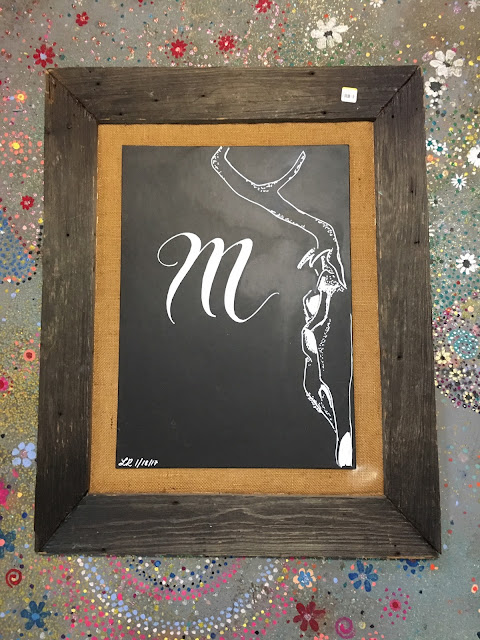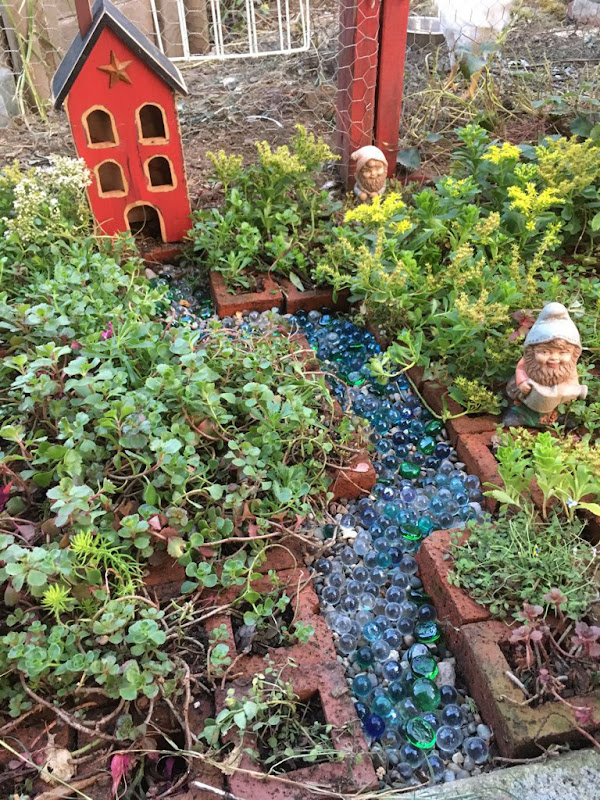Want to make art to gain control over your environment? This project can easily be used for magick and ritual or just as a yard ornament to draw abundance into your yard and home.
The Goddess of Abundance: Venus of Willendorf
The original Venus of Willendorf was carved roughly 25,000 years ago from Oolitic limestone. 4½ inches high, She got her name Venus because Palaeolithic female figurines are collectively described as "Venus figurines." (Venus is the Roman Goddess of beauty but some have used the name "Venus" in a derogatory way to reduce women to sexual objects only).
The statue's last name comes from where she was unearthed, on the banks of the Danube River, in Willendorf, Austria. It is widely believed that she is both a fertility Goddess and a good luck totem for abundance. Her headpiece seems to be made out of grain or corn and her extra body weight shows that she is very well fed; even during a time when people often had very little to eat.
Some would argue the fact that since the Venus of Willendorf is not given a defined face - she is depersonalized but I personally believe this elevates her. The Gods cannot be limited to one facial structure or another, after all. They are shape-shifters. They can hear without ears and speak telepathically. (Anyone who has done meditation work and seen visions knows this, intimately.)
 |
| To create my own statue in honor of the Venus of Villendorf, I purchased this concrete "river rock" edging from Home Depot but you can find it online via Home Depot or eBay: |
 |
The first thing I did, was to paint her red with a high gloss spray can.
Then, |
I used a gold painter's pen to draw on the shadows and went over it with a permanent marker. May this Goddess draw abundance and happiness to my yard (and may your creation also bless you!).





























